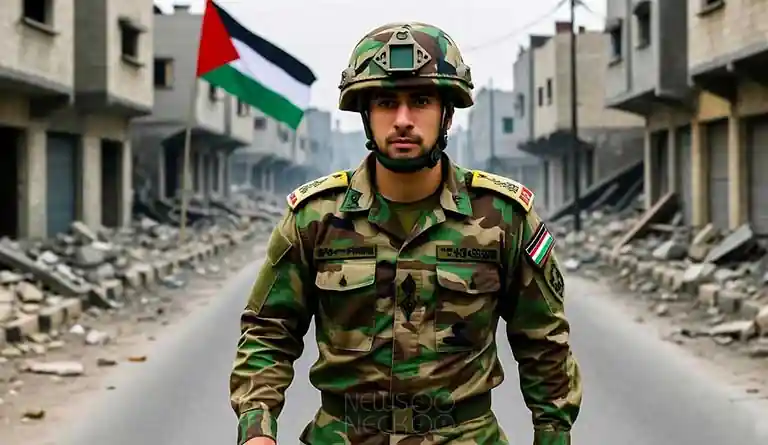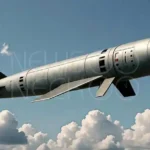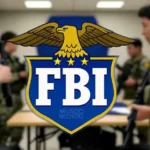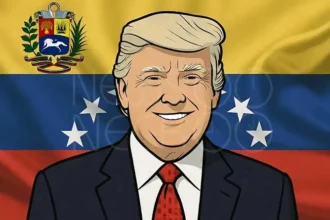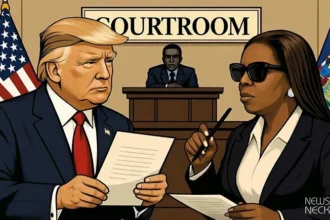The Waiting Game: Why World Leaders Are Hesitant to Join Trump’s Gaza Peace Force
More than a month after US President Donald Trump stood before the world and announced a ceasefire plan for Gaza, a crucial piece of his strategy exists only on paper. The proposed International Stabilization Force (ISF), a multinational group meant to bring order to the war-shattered territory, has no committed troops, no formal mandate, and a growing list of unanswered questions.
Potential participant nations, speaking to CNN on condition of anonymity due to the sensitive diplomacy, say they are in a holding pattern. They are waiting for the United States to provide critical details about the mission’s rules, its risks, and its ultimate goals before they will even consider sending their soldiers into one of the world’s most dangerous zones.
This hesitation threatens to stall the second phase of Trump’s 20-point peace plan, which was unveiled on September 29. The first phase, involving a swap of hostages and prisoners, has seen some progress. But the entire framework depends on what comes next: the formation of a force to train Palestinian police, secure borders, stop weapons smuggling, and allow Israeli troops to withdraw further.
Without this force, the plan risks collapsing, leaving Gaza in a volatile limbo.
A Plan Announced, But a Blueprint Missing
When President Trump announced the ceasefire, he spoke with confidence. The ISF, he said, was expected to deploy “immediately.” Its tasks were clearly listed: bring stability, enable governance, and prevent a return to chaos.
Yet, behind the scenes, the reality is far murkier. Diplomats from several countries considered potential contributors including Arab states and European nations tell CNN that the US has provided only a broad outline. The essential specifics that define any military mission remain unresolved.
“We are being asked to sign a blank check, but with the lives of our soldiers,” one European diplomat said. “What are the rules of engagement? If our troops are fired upon, can they return fire? Who are they allowed to target?”
Another official from a Middle Eastern nation expressed concern over the force’s relationship with the many armed groups now operating in Gaza. “The plan says nothing about Hamas disarming. Are we expected to co-exist with them? Or are we there to fight them? No one will send their forces into that ambiguity.”
A Mission Fraught with Unprecedented Danger
The challenges facing any peacekeeping force in Gaza are immense. After years of conflict, the territory is a landscape of ruin and armed factions. Beyond Hamas, criminal gangs and local militias have grown in power, creating a complex and deadly security environment.
The potential for explosive confrontations is high. A single incident involving the multinational force and any armed group could shatter the fragile ceasefire and draw the participating country into a new conflict.
“This would be an unprecedented mission,” a senior UN official, who is not authorized to speak publicly, told CNN. “This is not a traditional UN peacekeeping operation with a clear peace to keep. This is a stabilization force entering an active, low-grade conflict with no political agreement in place. It is arguably one of the most difficult assignments imaginable.”
Furthermore, the force’s mandate to “block munition inflows” would place it directly in the crosshairs of sophisticated smuggling networks, requiring intense intelligence and a robust mandate that has yet to be defined.
You Might Like it: Lebanon Israel Border Raid: Orders Army to Confront Israel After Border Raid
A Test of American Diplomacy
The delay in forming the force is a significant test for the Trump administration’s diplomatic reach. Convincing allies to join such a risky venture requires not just clear plans, but also strong assurances of political and logistical support.
So far, while several nations have expressed “interest” and are in discussions with US officials, none have stepped forward to formally commit. The US has not publicly named which countries are considering participation, likely to shield them from domestic and regional backlash.
For now, the International Stabilization Force remains a concept a line in a peace plan that has not yet been translated into action. The world is watching, and waiting, to see if American diplomacy can assemble the pieces required to make it a reality, or if this critical component of the Gaza ceasefire will become its first major casualty. The stability of the region may depend on the answers yet to be given.
Author: Yasir Khan
Date: 01 Nov, 2025
For More Updates, Visit Newsneck


